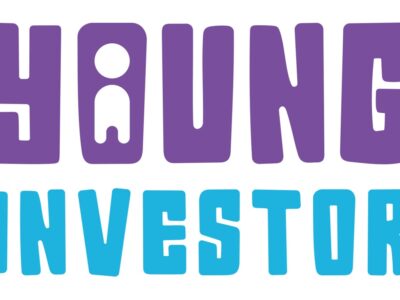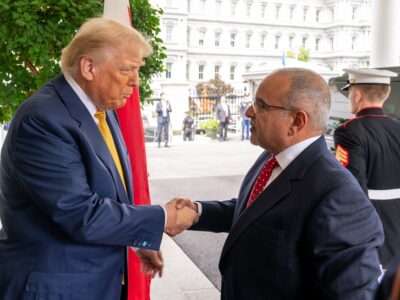
While young children need to learn how to manage money, financial education doesn’t start until much later in life leading to potentially poor spending and savings habits.
By age seven children have learned the basic money concepts, and by age 12, their understanding is nearly paralleled to an adult, 2018 research from the University of Cambridge found.
“Part of the problem is parents, and kids themselves, are just not aware of how important a life skill that is,” said Smeetha Ghosh-Jorgensen, the CEO and co-founder of UAE-based Cashee, an app that teaches teens financial literacy. “If you have poor money habits, your kids have a high chance of picking that up. So financial education needs to start a lot earlier.”
In the United Arab Emirates, over 80 percent of parents said they faced challenges teaching kids about money, according to a survey Cashee conducted. The top reasons given by parents were: Children don’t listen, there’s no time to teach, and parents lack the proper resources or tools.
Beyond parents struggling to educate children, the ecosystem in the UAE isn’t set up to prepare kids to use money smartly. In the UAE, an individual has to be 21 to open a bank account, though there are some circumstances where 18-year-olds can open one.
Digital banks have begun targeting 18-year-olds, but the 13-17 age group is still largely ignored, said Ghosh-Jorgensen.
“The ecosystem is not set up to improve levels of financial inclusion among women and children and among people of lower means,” she said. “If you don’t have a bank account, you aren’t able to practice.”
Practice makes perfect
With parents’ limited knowledge, the lack of a functional ecosystem, and schools not yet widely teaching financial literacy, Ghosh-Jorgensen said there is no structured approach to learning these skills.
The advent of cryptocurrencies and non-fungible tokens (NFTs) have created another category of financial terms and tools that teens need to understand.

While 83 percent of parents in Cashee’s survey said they felt comfortable teaching about saving, less than 40 percent said they were comfortable teaching budgeting and investing, while less than 10 percent of parents said they were prepared to teach their teens about crypto.
Kids and teens first need to understand the value of money at the onset of financial education, which is done through working, said Ghosh-Jorgensen.
“Anytime I needed money, I would get money. I was never asked, ‘can you please tell me where you spent it? Can you show me how you’re budgeting for the money?’ There was no reporting required,” she said, thinking back to her teenage years.
After understanding the value of money, spending – and spending wisely – is the second skill for youths to learn.
“We’re not saying spending is bad, you need to spend wisely, you need to spend smartly. And that in itself is a skill. We’re giving kids a prepaid spending card so they can make these small mistakes now and they don’t make bigger mistakes when they’re older,” she said.
Saving is another important skill. “You have to be consistent. You have to be goal-oriented. And most importantly, you have to visually see that you’re progressing,” she added.
Giving, enshrined in Islam through the principle of Zakat, is the fourth pillar of Cashee’s financial literacy programme.
“If kids really understand these four concepts, they’re already in a good position to understand more complicated facets of financial literacy,” she said.

Partnering up
Cashee, which was founded in early 2020 and will launch in December, has signed an agreement with the UAE’s GEMS Education to bring the programme into schools and raise awareness of the importance of financial literacy.
“The goal is to make a change at the grassroots level and not just have the app as a solution,” Ghosh-Jorgensen said.
They’re also looking to partner with universities and professors in the future and bring more edtech content to the platform.
Currently Cashee gives teens access to a Visa prepaid card and a banking platform is completely free to use. The Cashee CEO said they will monetise their product by taking a small percentage of the transaction revenue that goes to the acquiring bank.
“In the future, we’re going to include other sorts of premium features that parents may want to subscribe for or may not,” she said. But ultimately, the goal remains better education that will empower teens to make better financial decisions.
“It’s not just about investing. We want to teach kids the basics,” she said.







